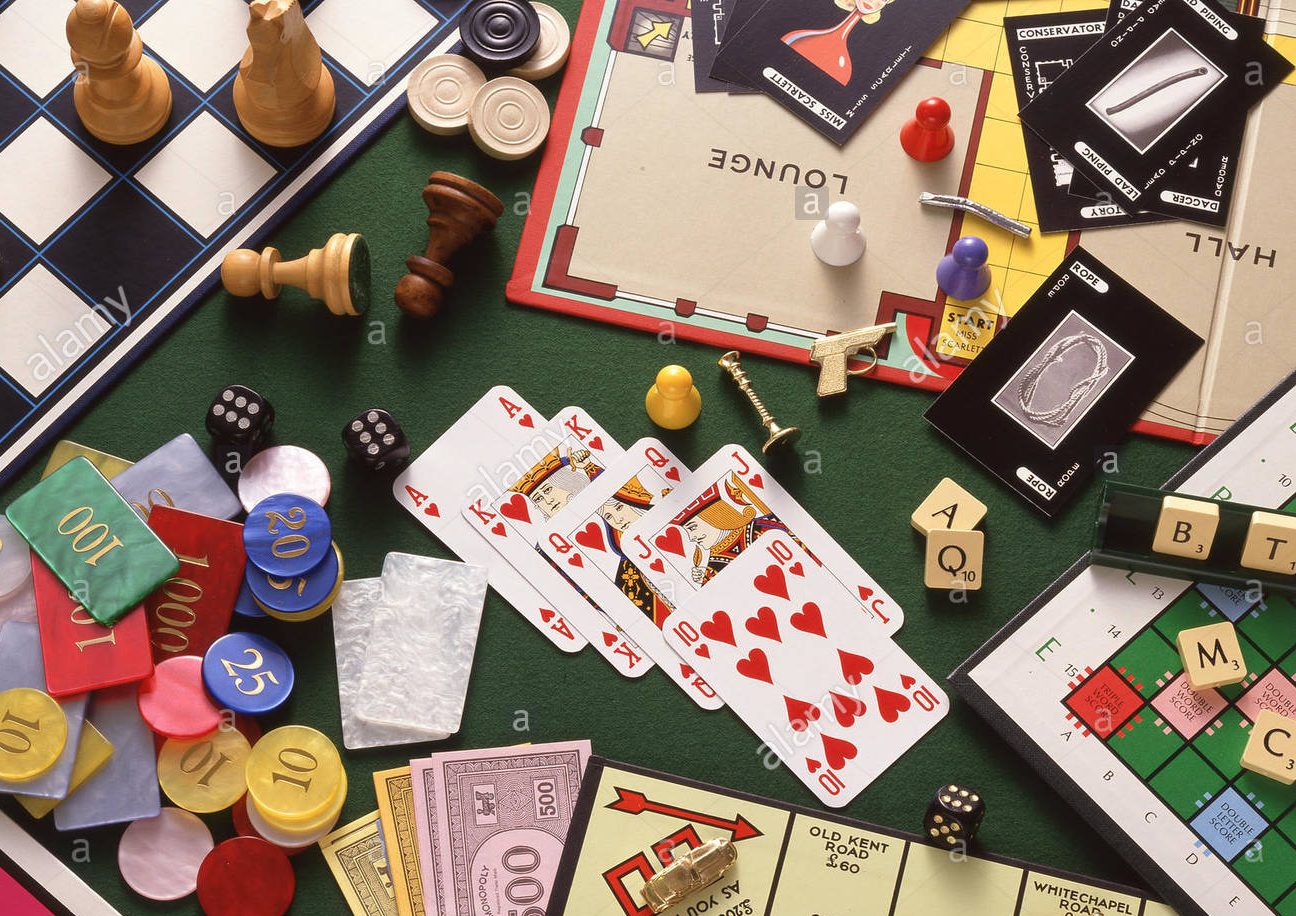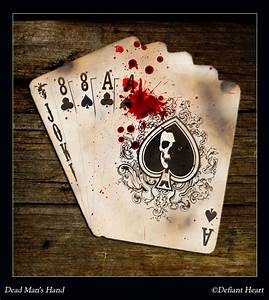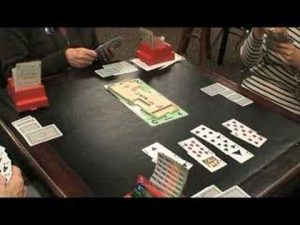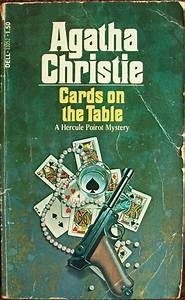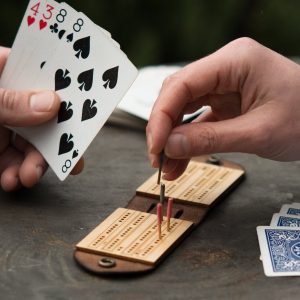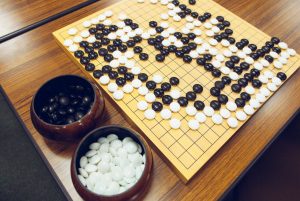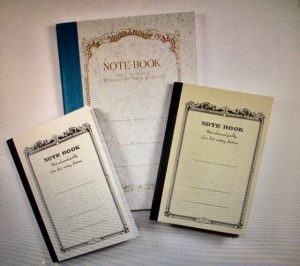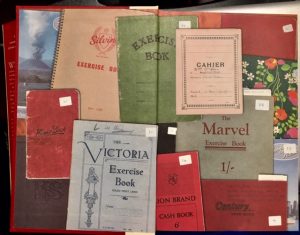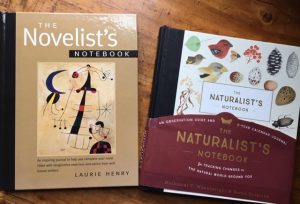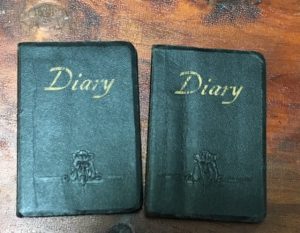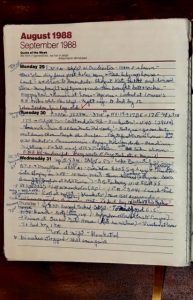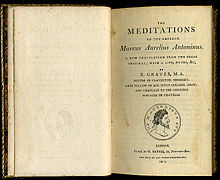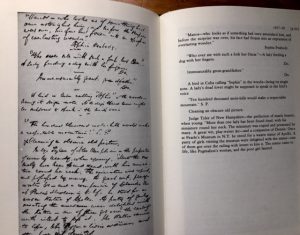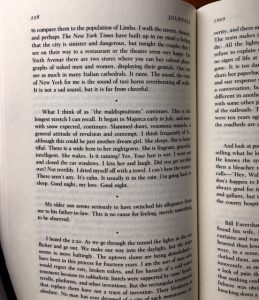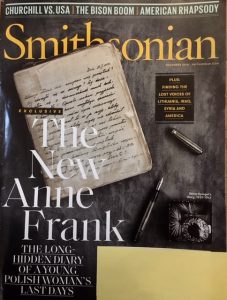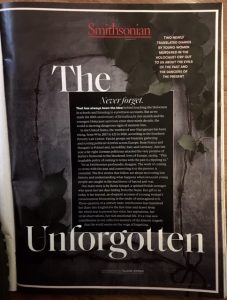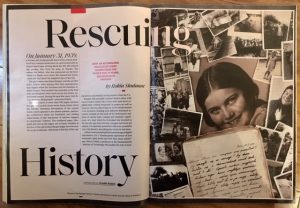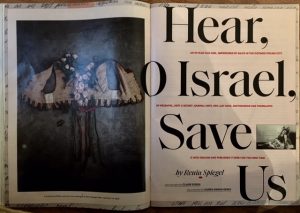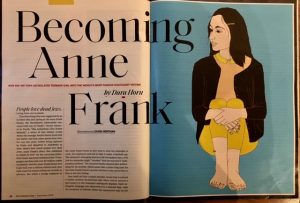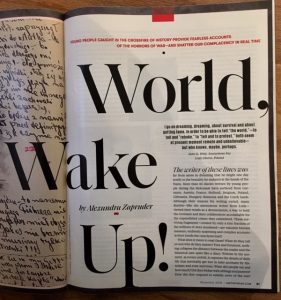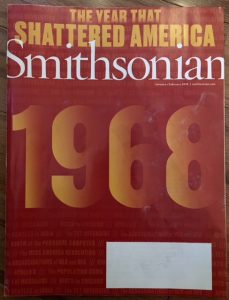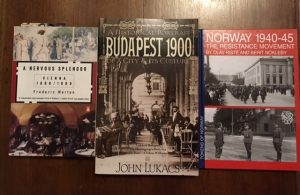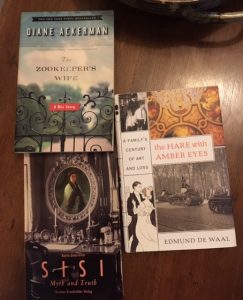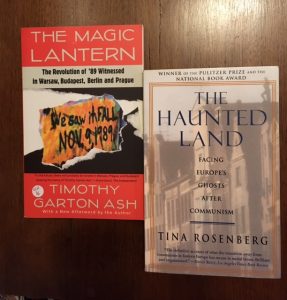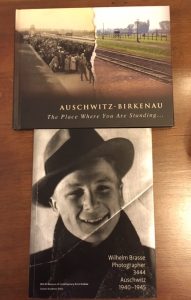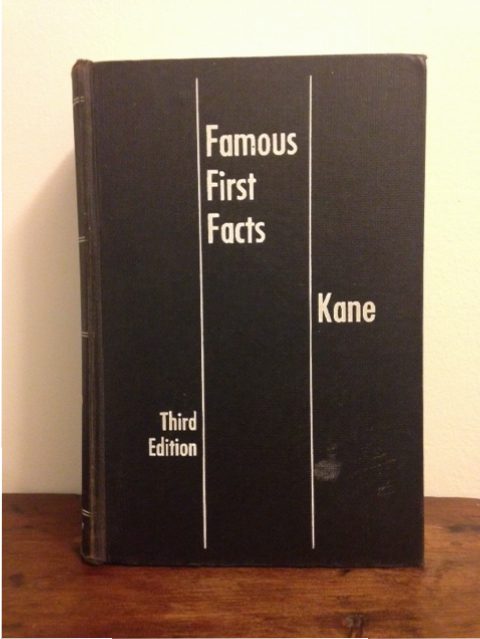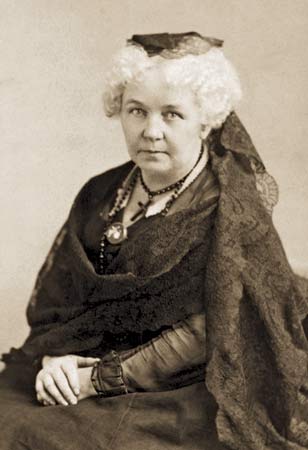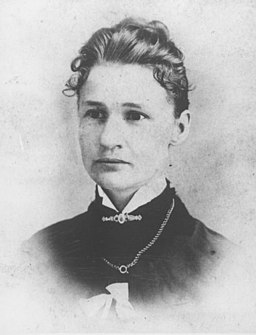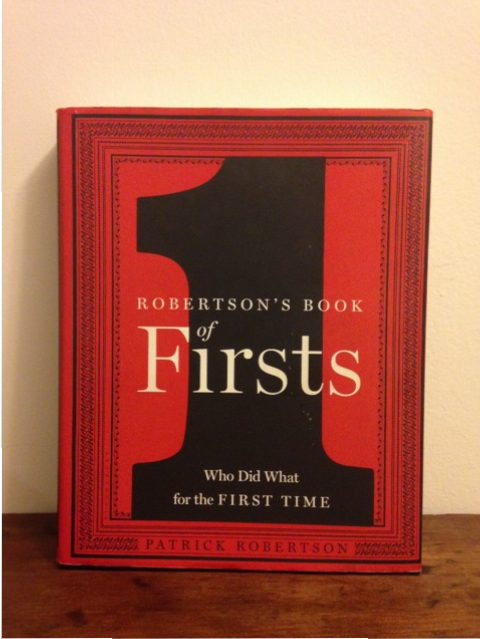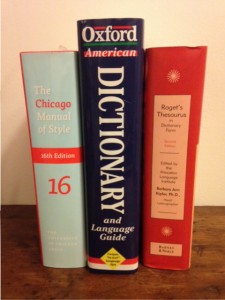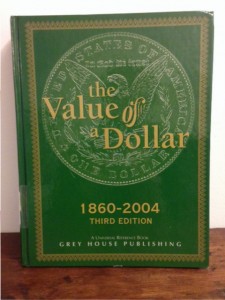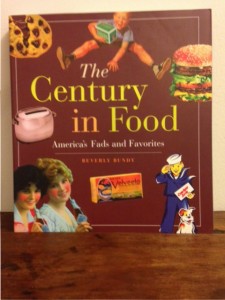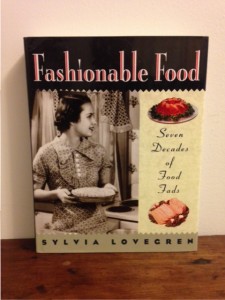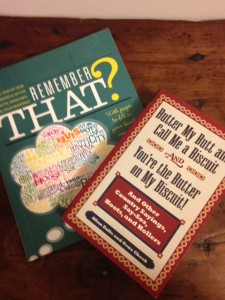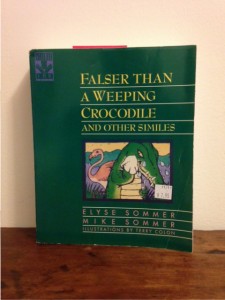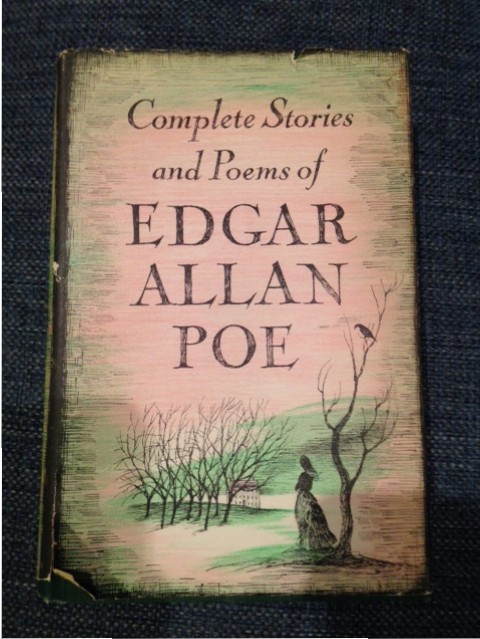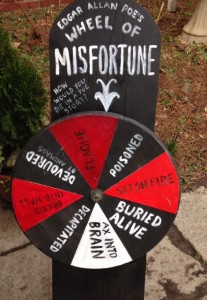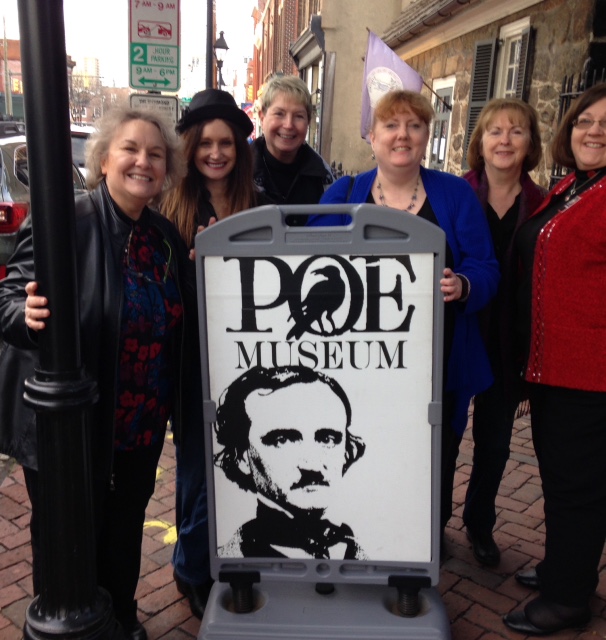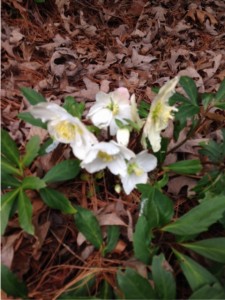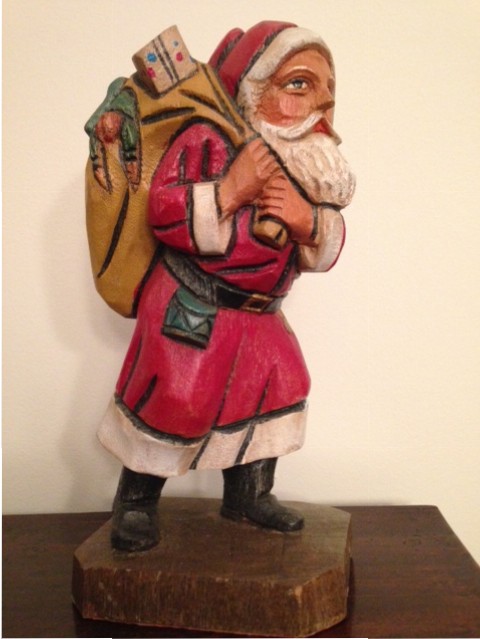
Nearly 70% of Americans play video games on at least one device, and nearly all play on smartphones. Indeed, if you do an online search for games, best games, or similarly general queries, you will be inundated with info about video games in general as well as individual games. If game playing is one of your character’s activities (and your story is set in the current time or near future) decide whether s/he is part of the majority or the minority here. Consider what the game of choice says about the character of your character. For example,does success depend more on speed or strategy? Does a round end quickly or take a significant time commitment? Can it be interrupted/paused? How violent is it? And is it mechanized violence or hand-to-hand? Does s/he play alone, against the program, or with/against other gamers worldwide?
- They are suitable for current settings as well as throughout history. Just check out what games were around when the story is set.
- I believe that the majority of readers are more familiar with them.
- I am not a “gamer” and—truly—I always try not to say too much about any vast canyon of ignorance.
- Equipment is inexpensive
- They are extremely portable
- Lots of choices from total luck games to highly skilled strategies
- Can be played alone or with others
- Can be totally competitive or in partnerships
- Suitable for people of almost any age
- Games with simple rules can transcend language barriers
- Spades: created nearly 100 years ago, hit its peak in the 90s
- War: one of the easiest games, suitable for children, no skill involved; also good as a mindless activity
- Gin: aka gin rummy, is related to rummy (see below); very popular right now, a fun gambling game; started in the U.S in the 1800s and has remained popular ever since; reached its peak in the 1930s and 1940s; faded in favor of canasta in the 1950s
- Rummy: popular around the world, especially In India; involves matching and memorization; can be played online
- Blackjack (aka twenty-one): largely a gambling game played in clubs and casinos; lots of luck involved; players play against the dealer rather than each other
- If a player is able to calculate probabilities and keep track of cards in play, s/he may be able to “count cards” to win nearly every hand. This technique is outlawed by many casinos, but it can be a good way to demonstrate a character’s extreme intelligence or pattern recognition skills.
- Crazy Eights: originated in Venezuela; has lots of variations; requires two or more people
- Gin Rummy: game scholars think rummy is a card variation on the Chinese game of mah-jong, perhaps dating to the 1700s, much modified since then; generally played to a specified number, often 100
- Hearts: a trick-taking game stemming from whist, except the goal is to avoid collecting tricks; the person with the fewest points wins; first appeared in he U.S. in the late 1800s; played online since the 1990s
- Poker (specifically, Texas hold ‘em): perhaps originated in 1820s New Orleans on Mississippi River gambling boats; poker really took off in the 1980s when Congress passed the Indian Gaming Regulatory Act, legalizing casinos on Native American land
- Solitaire: first developed in the mid-1700s; originally played with multiple people, it’s now a game played primarily alone—any of more than 1000 variations; surged in popularity with the advent of personal computers
- Cribbage: beloved for centuries, technically involves a board for score keeping, it’s essentially a card game for 2 (possibly 3 or 4); came to the colonies by English settlers; especially popular in New England
- Blackjack (aka 21): most widely played casino game; fast and easy to learn; dating to the mid- to late 1500s, became more popular int the U.S. in the late 1950s
- Uno
- Blackjack
- Solitaire
- Hearts
- Gin Rummy
- Cards Against Humanity
- Go Fish
- Bluff (also known as BullSh*t)
- Magic: The Gathering
- Euchre—a personal favorite with my family
- Poker
- Crazy Eights
- War
- Apples to Apples
- Rummy
- Pokemon trading card game
- Spoons
- Exploding Kittens
- Assh*le
- Old Maid—truly classic
- Phase 10
- Yu-Gi-Oh! Trading card game
- Monopoly Deal
- Munchkin
- Cribbage
- Go is an ancient Chinese game dating back over 5,500 years—making it the oldest board game still played today. It’s also one of the most complex, involving abstract strategy aimed at occupying the most territory on the board.
- Go is referenced, played, or used to demonstrate a character’s attitude toward traditional values in lots of Japanese media, including manga and anime. It is so widespread in Japanese culture that there is an entire anime about a schoolboy haunted by the spirit of an ancient Go master: Hikaru No Go.
- Chess, arguably dating back to the 6th century in India, but perhaps it originated in China—as many games did. It’s a game of strategical conquest played by two people. The essence of success is forward planning. Historically, chess has been used as a means of teaching battlefield tactics; that is why, in modern chess rules, the king is relatively constrained but holds such strategic importance.

- Bridge is the only card game included in this list of hardest games to master. See above.
- Diplomacy was released in 1959; as games go, it is still in its infancy. It is a strategic board game for two to seven players, played on a map of 1914 wartime Europe, Middle East, and North Africa, geared toward conquest. There are no dice, but lots of negotiation skills are required.
- Diplomacy was one of the first games (other than chess) that could be played by mail, which made it available as a form of connection for people who were not able to play together in person. Writers, consider the possibilities this provides for characters in a historical setting who lived far apart or were shut-ins or prohibited by social taboo from playing together, etc.
- Diplomacy was one of the first games (other than chess) that could be played by mail, which made it available as a form of connection for people who were not able to play together in person. Writers, consider the possibilities this provides for characters in a historical setting who lived far apart or were shut-ins or prohibited by social taboo from playing together, etc.
- Hex, released in 1942, was inspired by Go and has since been tweaked. The goal is to make a connected string of shoes from one side of the board to the other before the other player.
- Chess
- Stratego
- Monopoly
- Risk
- The Settlers of Catan
- Scrabble
- Battleship
- Clue
- Dominion
- Ticket to Ride
There is no board game equivalent to solitaire. By their nature, board games require other players, and thus involve social interactions.

- If you include a game as a character note, consider the general character of players of that game and whether you want to go with the general image or have a character who goes against the grain. Why does your character play that particular game? Where, how, and with whom (if anyone)? Under these circumstances, chances are you establish the preference and make only brief references to it thereafter—unless the character is addicted.
- If the game is an element to advance the plot, it will probably involve a more detailed description of the game itself, so that readers will better understand the important people interactions around the game. Did playing the game establish or refute an alibi? Reveal important info through the chat around and over play? Is someone trying to establish dominance? Losing more money than s/he can afford?
- In associating a character with a game, be aware of the possible correlations: when in history your story is set, age of the character, region of the country (or country in the world), social class, and possibly ethnic background all are considerations.
Bottom line: games can be good for your writing!
